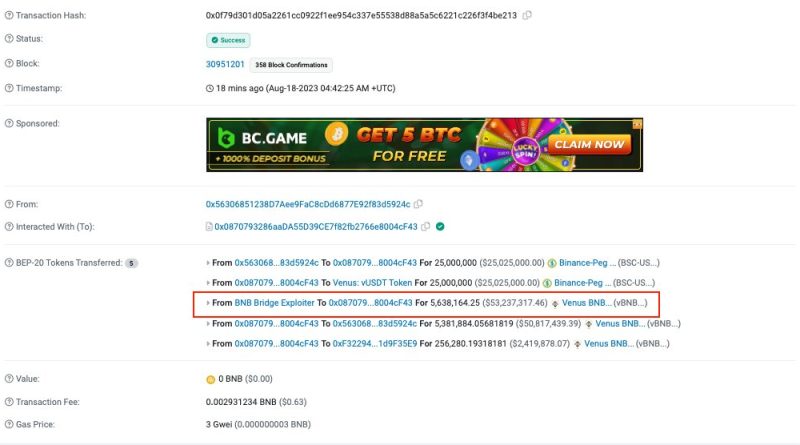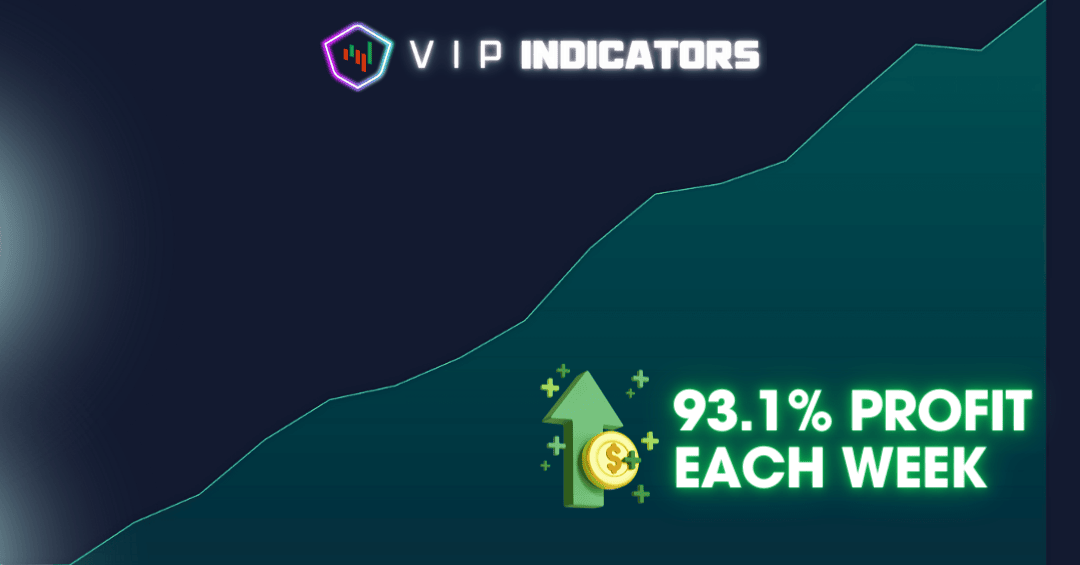The Ultimate Guide to the Best crypto assets in 2025: Strategies & Tips
Table of Contents
- 1. Top Cryptocurrencies of 2025
- 2. Stablecoins Still Relevant
- 3. Growth of DeFi Assets
- 4. NFT Market Trends
1. Top Cryptocurrencies of 2025
Market Leaders and Their Performance
As we step into 2025, understanding which crypto assets are leading the market is essential for investors. Major players like Bitcoin (BTC), Ethereum (ETH), and emerging tokens continue to shape the landscape. These crypto assets have proven their resilience and ability to adapt to market shifts, making them reliable choices for long-term investment.
Bitcoin remains the dominant crypto asset, with about 50% of the total market cap as of early 2025, according to recent research. Its role as “digital gold” continues to attract institutional investors, reinforcing its status as a cornerstone asset in the crypto space. Ethereum, with its smart contract capabilities, remains vital for decentralized applications and DeFi, contributing significantly to the ecosystem’s growth.
For new investors, identifying promising crypto assets involves analyzing market capitalization, liquidity, and project fundamentals. During 2025, projects like Solana, Cardano, and Avalanche gained popularity for their scalability and innovative features, contributing to diversification in portfolios.
Strategies for Investing in Top Crypto Assets
A common approach is to adopt a dollar-cost averaging strategy when investing in major crypto assets. This reduces the risk of entering at peaks and helps build positions gradually over time. Diversification across different crypto assets also minimizes risk, especially in volatile markets.
Staying informed about technological updates and regulatory developments is critical. For example, Ethereum’s transition to proof-of-stake (known as “Ethereum 2.0”) has enhanced scalability and energy efficiency, making ETH more attractive for eco-conscious investors in 2025.
Remember, investing in top crypto assets requires patience and continuous research. Monitor news on project upgrades, market sentiment, and macroeconomic factors that could influence prices. Always consider your risk tolerance before making a move in these highly volatile assets.
2. Stablecoins Still Relevant
How Stablecoins Enhance Liquidity
In 2025, stablecoins continue to be vital in the crypto ecosystem, providing stability and liquidity. Assets like USDC, USDT, and DAI help traders hedge against volatility and facilitate seamless transactions across various platforms. They serve as a bridge between traditional finance and crypto markets, enabling quick conversions and liquidity provision.
Stablecoins also support decentralized finance (DeFi) protocols, allowing users to lend, borrow, and earn yields without exposing themselves to unpredictable market swings. Their role becomes even more significant as institutional participation in crypto grows in 2025.
However, it’s essential to choose stablecoins with transparent backing and regulatory compliance to mitigate risks associated with issuer insolvency or regulatory crackdowns. Always verify the stability mechanisms behind each stablecoin you plan to use.
Risks and Opportunities with Stablecoins
While stablecoins are generally safer than other crypto assets, they are not devoid of risks. Regulatory scrutiny may impact their status, especially if governments impose restrictions. It’s wise to diversify holdings and stay updated on regulations in your jurisdiction.
Opportunities include earning passive income through stablecoin staking and DeFi lending. Platforms like Aave or Compound facilitate these activities, often offering higher yields compared to traditional savings accounts.
In 2025, integrating stablecoins into your trading strategy can improve efficiency, reduce volatility exposure, and increase overall portfolio stability. They remain a fundamental component of a balanced crypto asset portfolio.
3. Growth of DeFi Assets
Emerging DeFi Projects and Their Potential
The decentralized finance (DeFi) sector has exploded in popularity, with new crypto assets continuously emerging in 2025. These assets often power lending platforms, decentralized exchanges, and yield farms, creating innovative financial solutions outside traditional banking.
Projects like Aave, Uniswap, and Compound have solidified their positions as leading DeFi platforms. Their native tokens are valuable crypto assets for investors looking to gain exposure to the growth of decentralized financial services. These tokens often have utility in governance, staking, or fee-sharing mechanisms.
Investing in DeFi assets requires understanding their underlying protocols, security measures, and community support. Due diligence is paramount given the rapid innovation and associated risks in this space.
Strategies for Investing in DeFi Assets
A key strategy is to participate in yield farming or liquidity provision within DeFi protocols. These activities generate passive income, sometimes surpassing traditional investment returns. However, they also carry risks such as impermanent loss or smart contract vulnerabilities.
Staking DeFi tokens can also offer consistent rewards, especially with platforms focusing on security and transparency. Keep an eye on governance proposals and protocol upgrades, as these can impact token value and utility.
Finally, diversifying across multiple DeFi projects and assets reduces exposure to protocol-specific failures. As the DeFi ecosystem advances in 2025, prudent investment strategies can help you capitalize on its growth while managing potential risks.
4. NFT Market Trends
Evolution of NFT Crypto Assets
In 2025, non-fungible tokens (NFTs) are more integrated into mainstream culture, representing digital art, music, virtual real estate, and more. NFT crypto assets have evolved from mere collectibles to versatile assets with real-world utility and skewed valuation models.
Major brands, artists, and even corporations now create branded NFT collections, expanding the potential for investment and monetization. Developers are also leveraging blockchain tech to create more interactive and functional NFTs, such as those that serve as access passes or memberships.
Investing in NFTs in 2025 involves evaluating project scarcity, creator reputation, and long-term utility. Marketplaces like OpenSea and Rarible continue to facilitate trading, but due diligence remains key.
Strategies for Navigating NFT Crypto Assets
Participants should focus on research before purchasing NFTs, considering the platform, creator credibility, and community engagement. Diversification across multiple NFT categories can mitigate risks associated with market volatility.
Additionally, some investors are leveraging NFT collateralization for loans or staking, generating liquidity without selling their assets. Staying updated on new technological developments, such as fractionalized NFTs, can unlock additional investment opportunities.
Remember, NFT investments can be highly speculative; therefore, setting a clear budget and exit strategy is critical in 2025’s dynamic market environment.
Conclusion
In 2025, understanding and investing in the right crypto assets is crucial for building a successful digital asset portfolio. From leading cryptocurrencies to innovative DeFi and NFT projects, the crypto landscape offers diverse opportunities for both new and seasoned investors. Crypto assets are continually evolving, and staying informed about trends, risks, and strategies will help you maximize gains and minimize losses. Whether you’re aiming for short-term gains or long-term wealth building, adapting your approach to the dynamic market of 2025 is essential. Remember, a well-researched, diversified, and strategic plan is your best tool for navigating the exciting world of crypto assets this year.
Frequently Asked Questions
1. What are the best crypto assets to invest in for 2025?
The top crypto assets in 2025 include established cryptocurrencies like Bitcoin and Ethereum, along with promising DeFi tokens, stablecoins, and select NFT projects. Conduct thorough research and consider your risk appetite before investing.
2. How can I identify promising crypto assets in 2025?
Look at market capitalization, project fundamentals, technological innovation, community support, and regulatory compliance. Keeping abreast of industry news and project updates is also vital.
3. Are stablecoins considered good crypto assets for investment?
Stablecoins are primarily used for liquidity and stability rather than long-term investment appreciation. However, they can be part of a balanced portfolio by offering safety and utility in volatile markets.
4. Why are NFT crypto assets gaining popularity in 2025?
NFTs are evolving into versatile assets with real-world applications, such as digital art, virtual real estate, and membership tokens. Their utility and cultural relevance are leading to increased interest and investment.
Final Thoughts
As we look towards 2025, recognizing the significance of crypto assets and understanding how to strategize around them will set you apart in the rapidly changing digital economy. Stay informed, diversify wisely, and harness the potential of crypto assets to achieve your financial goals this year.
<!– Learn more about top cryptocurrencies –>
<!– Visit CoinDesk for crypto news –>
Related Content
- Bitcoin Price Explained: 7 Powerful Strategies to Predict 2025 Trends
- Hinman docs unsealed: SEC concerned over ‘Ether is not a security’ statement
- Bitcoin bulls fight to hold $34K as CME BTC open interest surpasses 100K
- What are crypto-backed mortgages, and how do they work?
- Bitcoin is in ‘new bull cycle’ — Metric that bottomed before 70% gains


